How does Iran's military might stand up to the US and other nations?
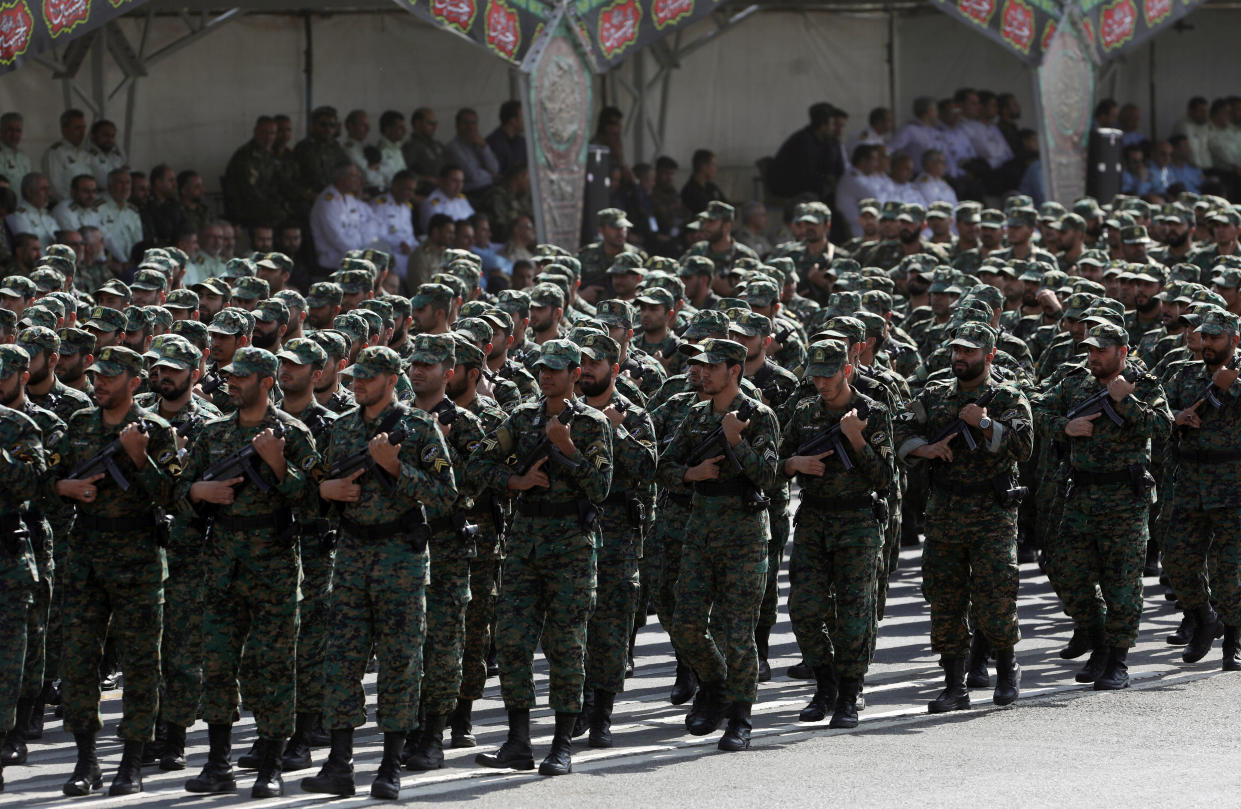
As tensions escalate following the killing of one of Iran’s top generals by the US, the focus is on the potential impact of such a move on the international stage.
Jeremy Corbyn condemned the 'extremely serious and dangerous' move by Donald Trump, while fellow Labour MPs warned that it has taken countries including the UK one step closer to “all-out war”.
Donald Trump himself alluded to the possible result of his decision to kill General Qassam Soleimani, tweeting: “Iran never won a war, but never lost a negotiation!”
Iran never won a war, but never lost a negotiation!
— Donald J. Trump (@realDonaldTrump) January 3, 2020
As speculation turns to where the latest exchange between Iran and the US could take the international community, the fighting power of possible countries involved in any escalation comes into play.
Iran
Iran boasts an armed forces made up of around 873,000 military personnel and two organisations - its army and the Islamic Revolutionary Guard Corps (IRGC).
According to Global Firepower's 2019 Military Strength Ranking, Iran's military is ranked as the 14th most powerful armed forces in the world.
Iran’s 2018 defence budget was estimated by The International Institute for Strategic Studies (IISS) to be $19.6billion - 4.6% of its GDP.
Despite its strength in numbers, experts observe that Iran has been hampered in the past by its inability to buy Western technology and the effect economic sanctions has on it.
That said, it has still maintained its own air force and navy, as well as developing ballistic missiles.
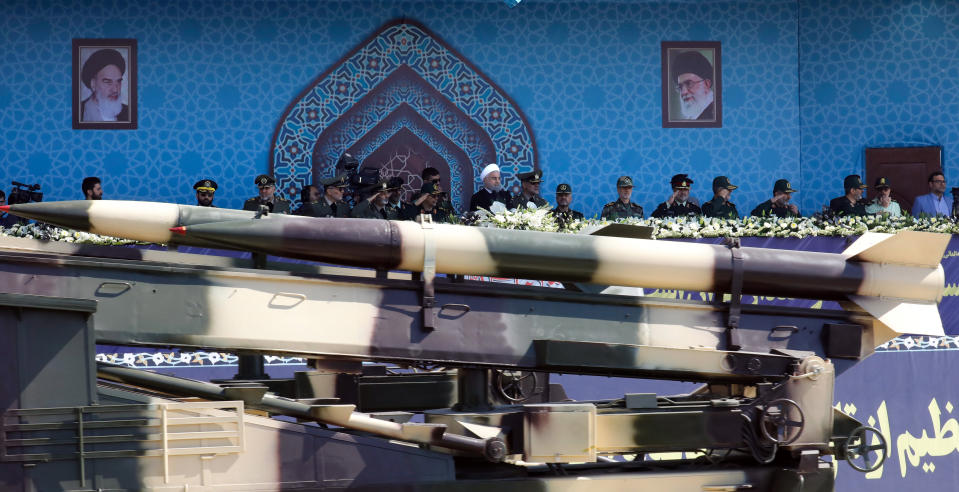
In June 2019, Military Times asked experts what war between the US and Iran could look like, assessing differences between various elements of their armed forces.
In terms of the navy, while Iran’s could not compete with its US rival, the experts observed that Iran uses swarming small boats, drones and sea mines to deter and harass an opponent’s fleet, especially at choke points such as the Strait of Hormuz.
The experts pointed out that Iran’s air defences are more modern than other rivals the US has faced, including Russian-made missile systems air defence systems and its own surface-to-air missiles.
They also reference the Center for Strategic and International Studies (CSIS), which describes Iran as having the region’s largest and most diverse arsenal of ballistic missiles, with ranges from 300km up to 2,500km.
United States
The United States is accepted as having the world’s most powerful military, with Global Firepower ranking it number one for military strength.
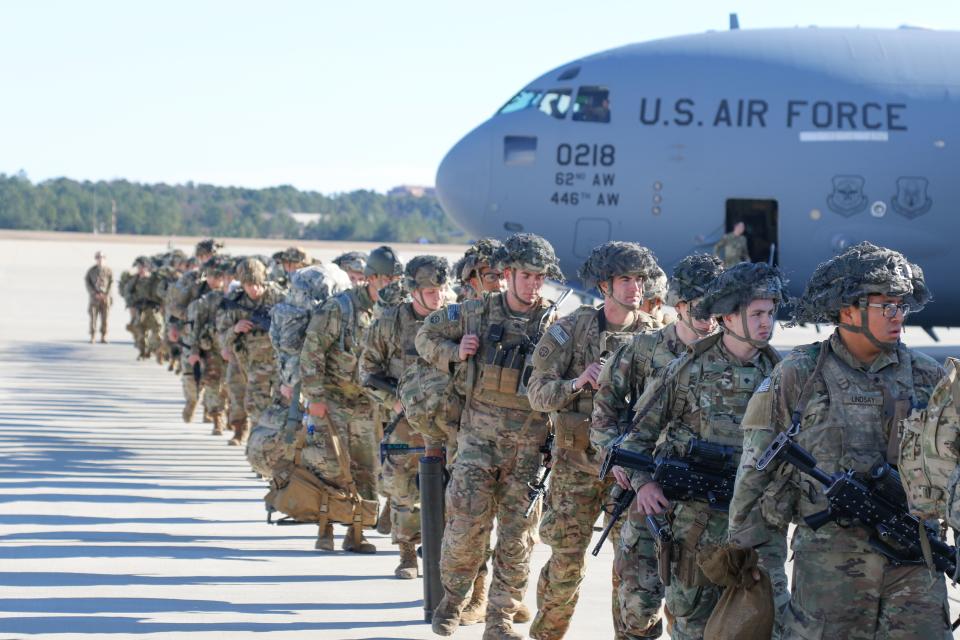
Its total military personnel stands at just over 2million (2,141,900) - dwarfing Iran’s.
In 2019, US military funding stood at $716billion, and reportedly accounted for around 36% of the world’s defence spend.
That large budget helps fund the world’s largest air force and the world’s largest navy by tonnage.
The US boasts 13,398 aircraft and 2,362 fighter aircraft - both putting it as number one in the world.
On top of that, it has 6,287 combat tanks and total naval assets numbering 415, including 24 aircraft carriers.
As of 2019, the US reportedly had an inventory of 6,185 nuclear warheads, of which 3,800 were part of its stockpile.
The US and Russia are thought to possess comparable numbers of nuclear warheads and together, the two nations possess more than 90% of the world's nuclear warheads.
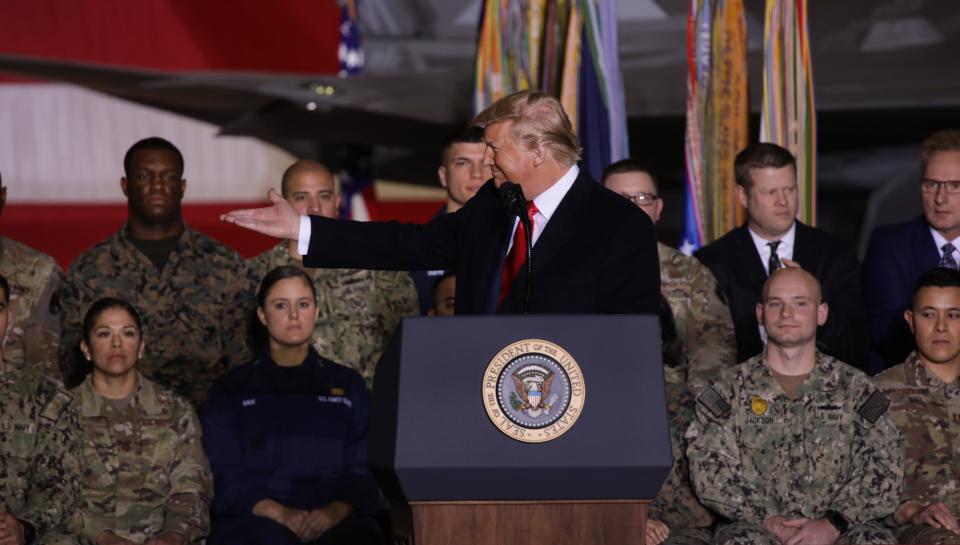
Donald Trump’s 2020 defence spending bill authorised a budget of £738 billion - including $635 billion for base Pentagon spending, $23.1 billion for Energy Department nuclear weapons programs, $71.5 billion for war operations and $5.3 billion for emergency disaster recovery for military bases.
Previously, as he unveiled his 2019 budget proposal, the US President said: "In the budget, we took care of the military like it's never been taken care of before,” adding: “Our military was totally depleted and we will have a military like we've never had before.”
Others
The UK
Ranked the eighth strongest military in the world, the UK’s military personnel stands at 233,000, according to Global Firepower’s index, along with a defence budget of around $47.5bn.
According to the index, the UK’s total aircraft strength is 811, with 129 fighter aircraft, 331 combat tanks and 76 total naval assets - including one aircraft carrier.
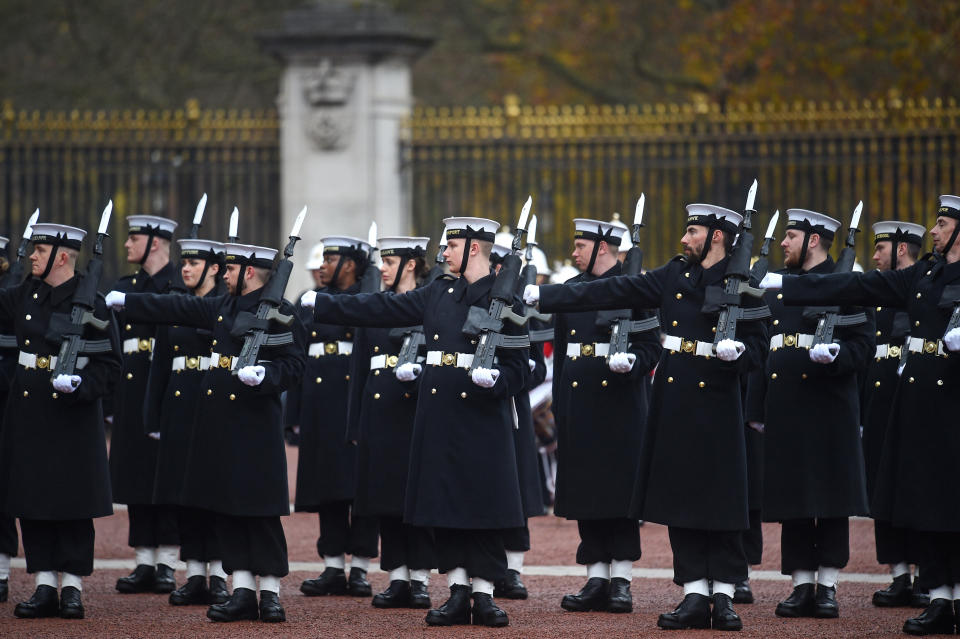
The UK is one of five official nuclear weapon states under the Treaty on the Non-Proliferation of Nuclear Weapons and has an independent nuclear deterrent. According to some reports, the UK has been estimated to have a stockpile of 120 active nuclear warheads and 215 nuclear warheads in total.
According to the Government website, the UK is committed to a “minimum and credible deterrent” and is: “committed to maintaining the minimum amount of destructive power needed to deter any aggressor”.
Iran’s allies
Its military might may not stand up to that of its western rivals, but Iran has plenty of allies in the Middle East.
From militias to Hezbollah and Gaza militants, there are several groups that would back Tehran in conflict.
Iraq militias
Iranian-trained Shiite militias in Iraq include three groups led by men with close ties to Gen Soleimani.
The militias, which fall under the umbrella of Iraq’s Popular Mobilisation Forces (PMF), number more than 140,000 fighters, and while they fall under the authority of Iraq’s prime minister, their leaders are politically aligned with Iran.
– Hezbollah
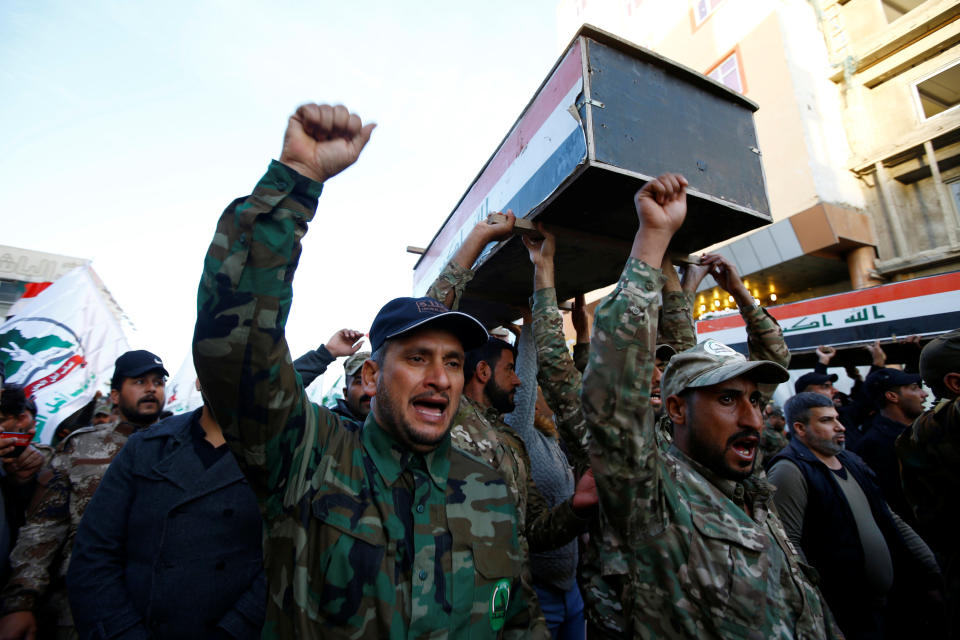
Hezbollah was established by Iran’s Revolutionary Guard during Lebanon’s civil war in the 1980s and has become among the most effective armed groups in the region.
The group has an arsenal of rockets and missiles that can reach deep into Israel and has fought alongside government forces in Syria for more than six years.
Hezbollah has said it is not seeking another war with Israel, and it is not likely to join in any regional confrontation – at least not in the early stages – unless provoked.
– Yemen’s Houthis
Yemen’s Shiite rebels, known as Houthis, are viewed by Saudi Arabia as an Iranian proxy. Iran has been accused of providing arms to the rebels, including the long-range missiles they have fired into Saudi Arabia, but Tehran denies arming them, despite supporting them.
– Gaza militants
Iran has long supported Palestinian militant groups, including Gaza’s Hamas rulers and particularly the smaller Islamic Jihad group.
While tensions have run high in Gaza since Israel’s targeted killing of an Islamic Jihad commander, it is questionable whether Hamas would rally to Iran’s side since it is in severe financial crisis.

 Yahoo News
Yahoo News 

